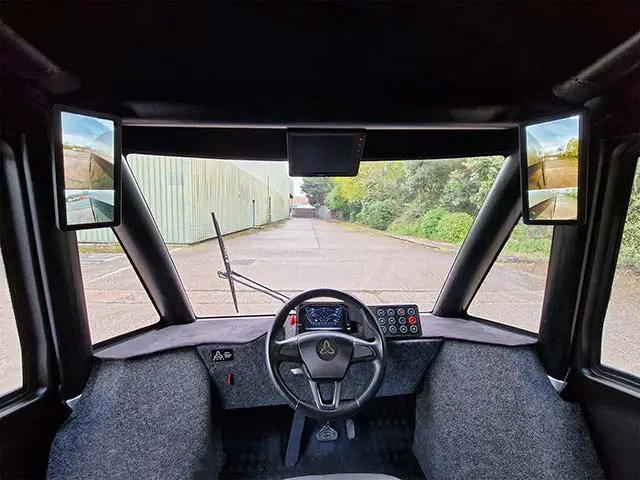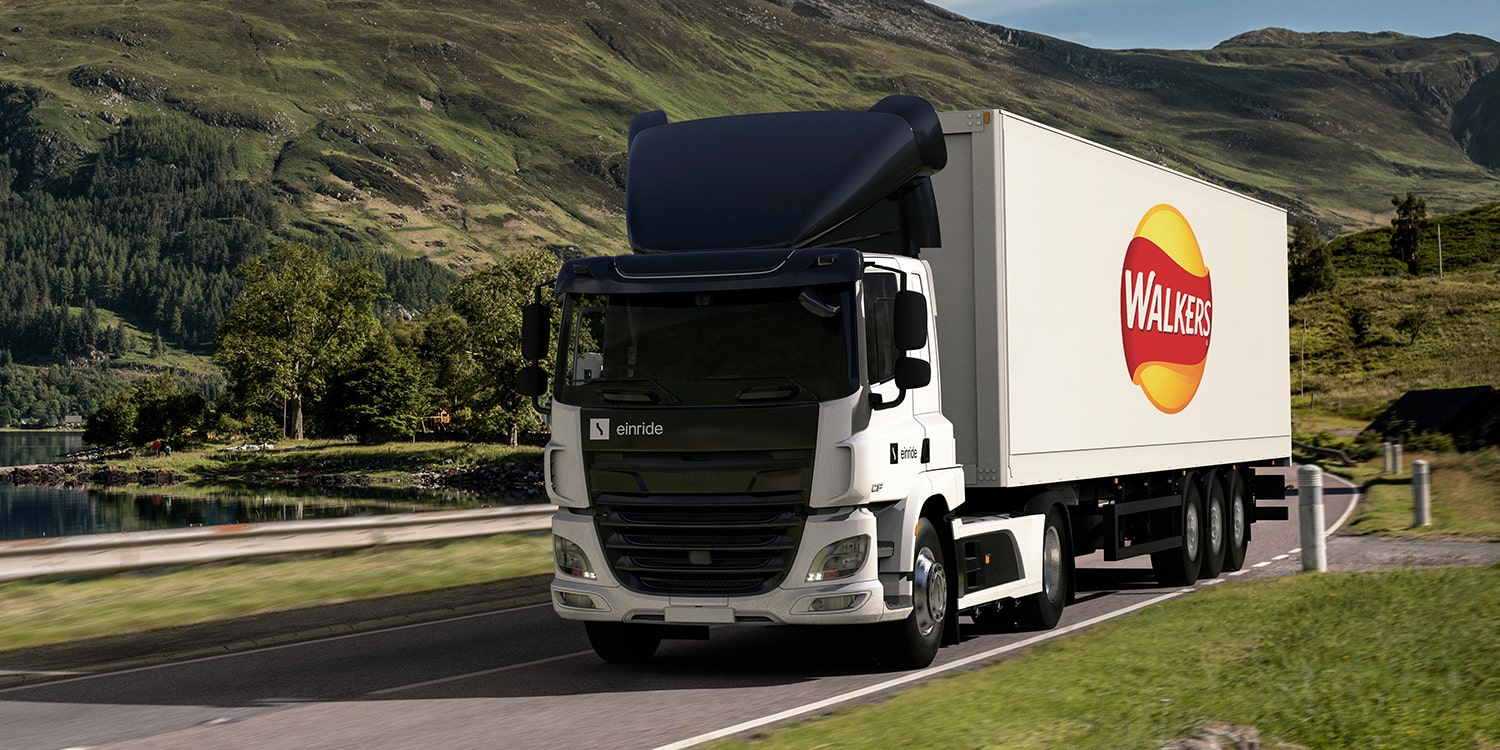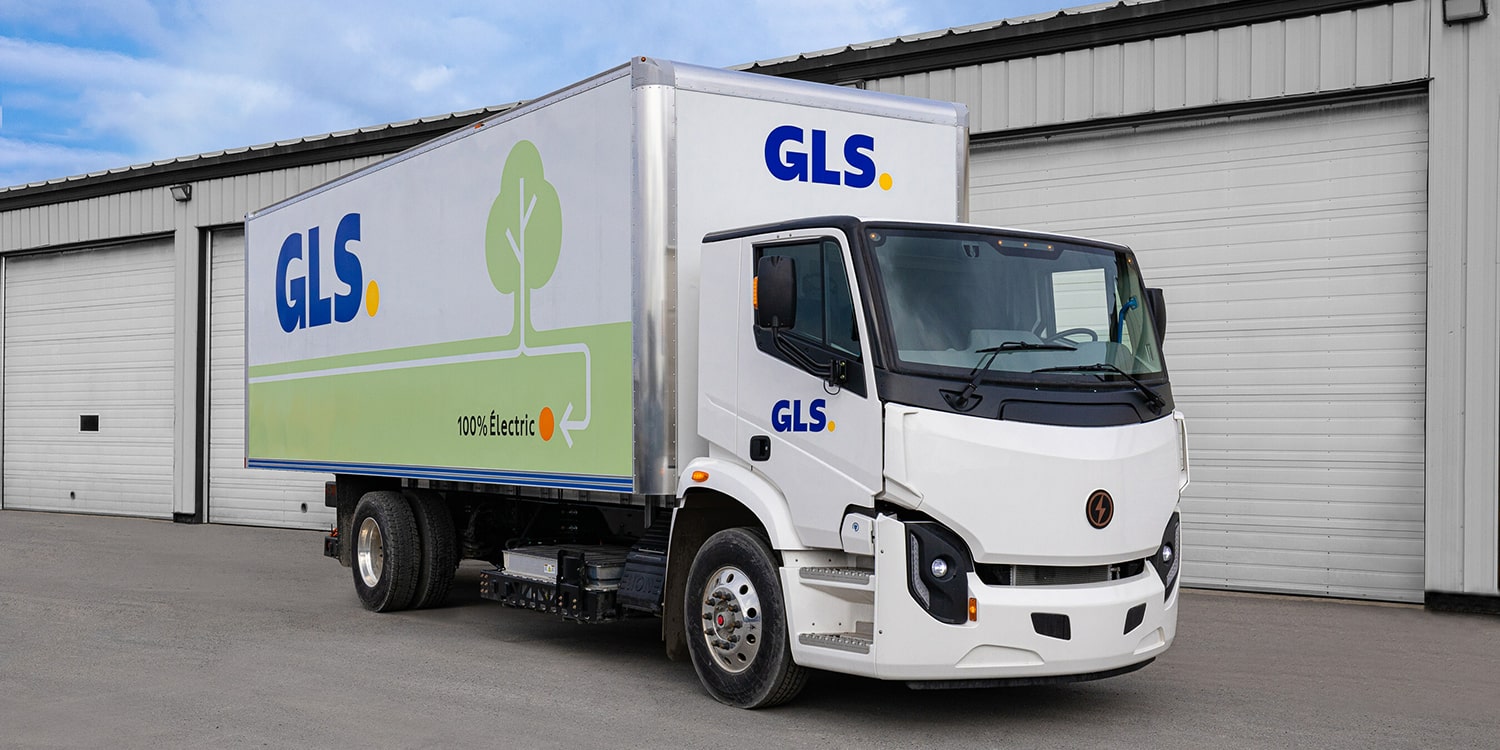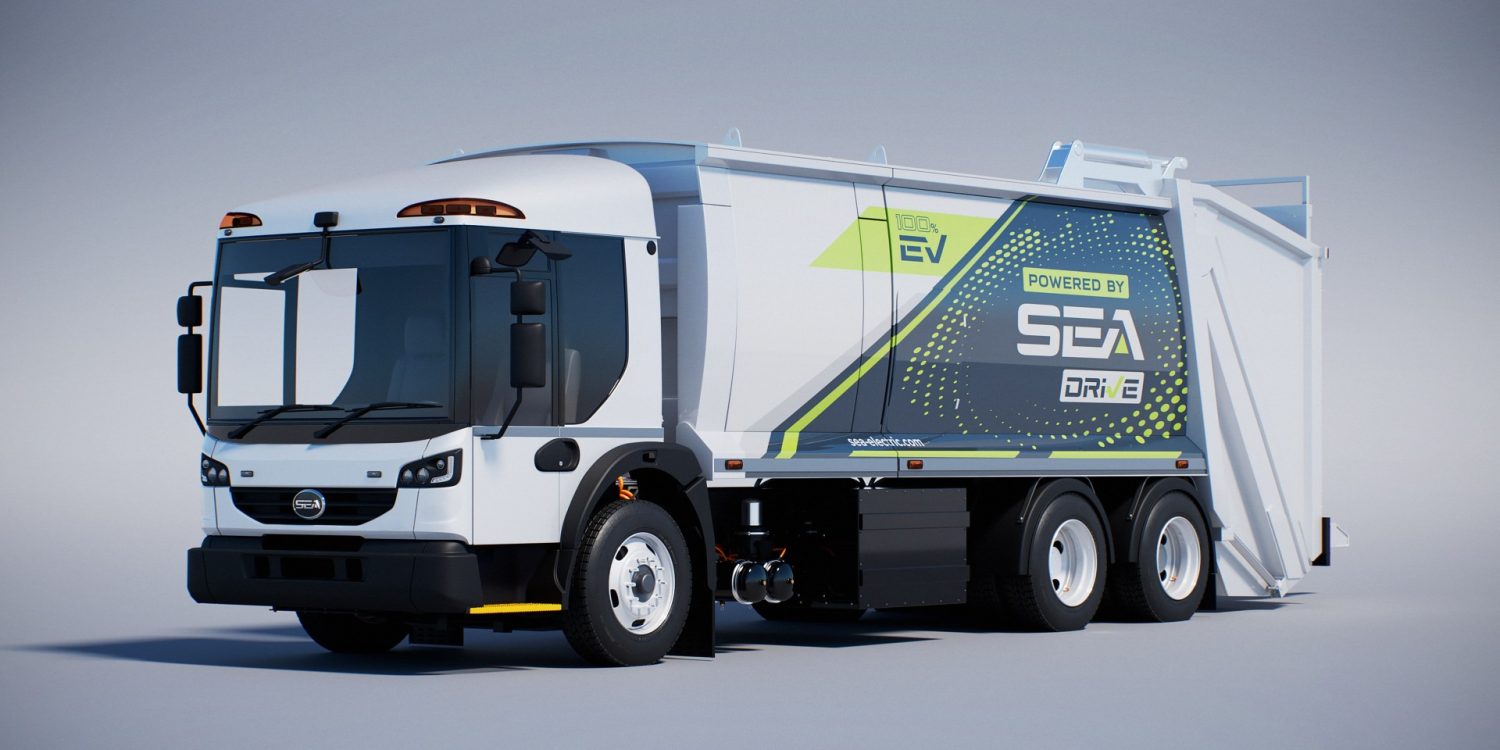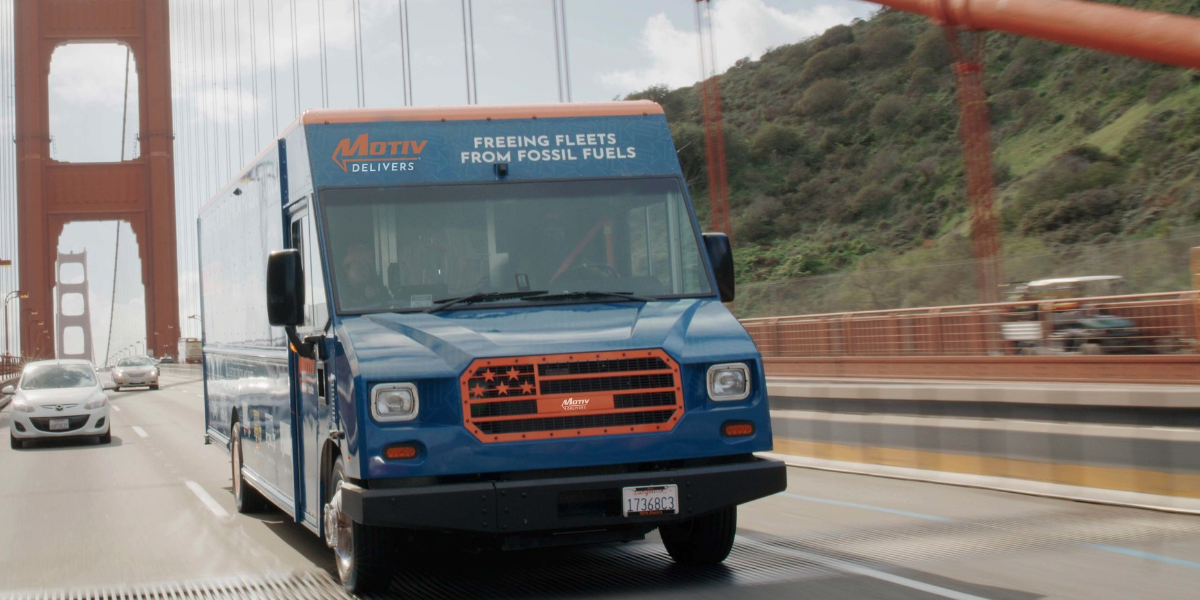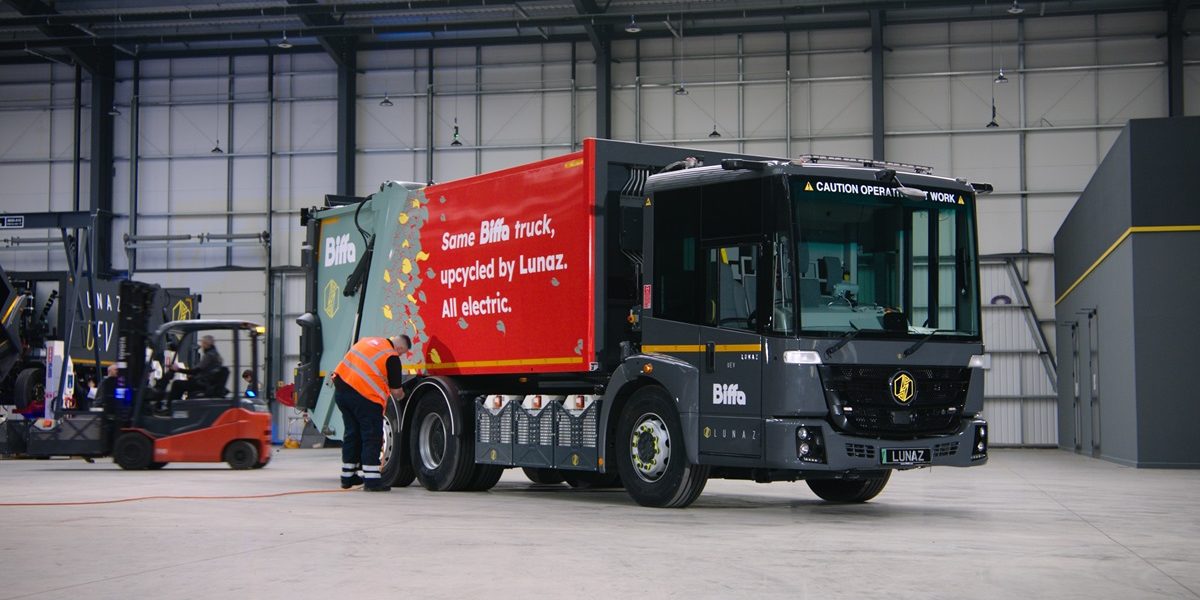Watt Electric Vehicle Company (WEVC) has unveiled its highly innovative eCV1 electric commercial vehicle prototype, featuring a unique central driving position, at the Commercial Vehicle Show in Birmingham this week. The vehicle is built around WEVC’s flexible EV architecture, enabling a wide range of electric commercial vehicle designs that can meet specific fleet requirements.
“Our unique approach to addressing the challenges facing the industry is going to enable the transition to mission-specific, yet cost-effective electric light vans,” said Neil Yates, CEO of WEVC. “Our eCV1’s cabin has been designed to make their job easier, safer, and less strenuous, improving visibility, maximising headroom, allowing them to get in and out of the van from either side, and not into traffic.”
One of the key benefits of the platform is the ergonomic cabin, with the central driving position offering excellent visibility and enhancing the safety of the driver and other road users. In addition to this, the position facilitates a smaller frontal area, which, combined with a class-leading kerb weight, makes the vehicle highly energy efficient. The eCV1 prototype is built around the PACES architecture, resulting in a lightweight chassis cab with a kerb weight from just 1750kg, delivering class-leading payload and range in the 3.5t and 4.25t segments.
“We can truly tailor a fleet of vehicles to customer requirements,” Yates added. “This layout brings a host of unique advantages – and it’s part of a raft of innovations that allow us to truly tailor a fleet of vehicles to customer requirements.”
The eCV1 prototype is designed for production of up to 5,000 vehicles per annum and will continue test and development activities after the event. The collaboration between WEVC and its partner, ETRUX, will see the former’s electric vehicle platform technology adapted into a range of offerings for the commercial vehicle market. ETRUX will exhibit an engineering prototype at the NEC, based on the eCV1 3.5-tonne cab and chassis unit, complete with an in-house-designed body.
“The idea behind the engineering prototype is to show what can be done with the platform,” said Tom Gazi, Managing Director of ETRUX. “We wanted to show that it is possible to take the innovative design of the eCV1 and create a unique offering for a specific customer, whilst maintaining the flexibility of the underlying platform.”

